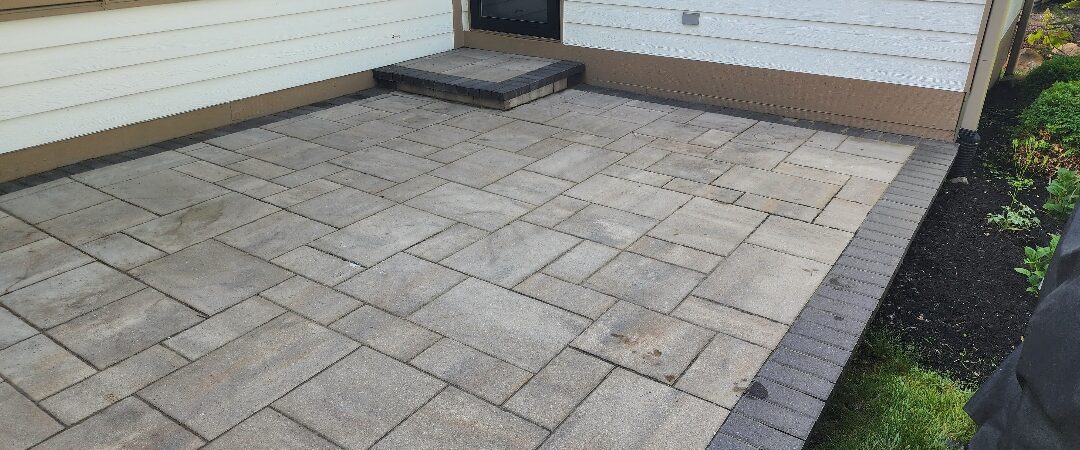
While many property owners choose stamped concrete for a deck, patio or walkway because of its attractive appearance, this material is also highly durable. A well-maintained stamped concrete surface can provide many years of reliable service.
However, stamped concrete cracking can become an issue over time. Cracks can form for several reasons, including shrinkage, thermal expansion and contraction, overloading, improper installation and environmental factors.
While stamped concrete cracks can detract from the surface's appearance and may result in structural damage, fixing them is often possible.
Repairing concrete cracks instead of replacing the entire surface offers several advantages:
The process for fixing cracks in stamped concrete encompasses several steps.
It's important to clean the surface thoroughly to remove accumulated debris from the cracks. A leaf blower can force dirt out of the cracks and cover a wide area quickly and efficiently. You can also use a broom to sweep out the materials. Utilize a garden hose or pressure washer to remove any remaining loose particles.
Allow the cracks to dry completely before moving to the next steps.
More extensive cracks often require a more aggressive approach. Use a hammer and chisel to widen the area, making it easier to access the debris and ensuring a more efficient filler adhesion. Clean the widened crack with a wire brush to remove any remaining loose material.
Apply a specialty polyurethane or epoxy product to fill the cracked area while following the manufacturer's instructions. Make sure to fill the crack entirely and use a putty knife to remove excess materials around the edges and smooth the surface. Allow sufficient time for the filler to dry and cure, which will vary based on the product type and weather conditions.
The filler likely won't match the color of the stamped concrete surface. Applying the appropriately colored concrete stain will correct the issue. Use a smaller brush to ensure a precise application. If you need several stain coats to create the desired color effect, allow each one to dry completely before adding the next one.
Stamped concrete surfaces often have intricate designs or patterns. To fix the cracks, you'll need a stamping tool that matches the pattern to replicate the texture. You must complete this step before the filler dries and hardens. Another option is to use other tools or objects with a similar pattern.
Once the filler and stain are completely dry, apply a concrete sealer to complete the job. Sealing protects the repaired cracks and enables the color to blend more thoroughly with the rest of the surface.
To apply a concrete sealer, use a roller or paint brush to spread it over the cracked areas. Allow the product to dry and cure according to the manufacturer's instructions.
For best long-term results, apply sealer every two to three years. The colder Indianapolis climate may require more frequent applications to combat damage from freezing-thawing-refreezing cycles and the use of salt to melt snow and ice.
Follow these tips to ensure the best results when fixing cracks in stamped concrete:
Indianapolis-area residents can turn to the exterior cleaning experts at My Guy Services for professional stamped concrete crack repair and sealing services. We have trained specialists in each of our individual service areas, ensuring consistent and reliable results for every project. We'll also help you save the time and hassle of do-it-yourself concrete crack repairs.
Contact us online to learn more about our stamped concrete crack repair services and request a no-obligation quote.